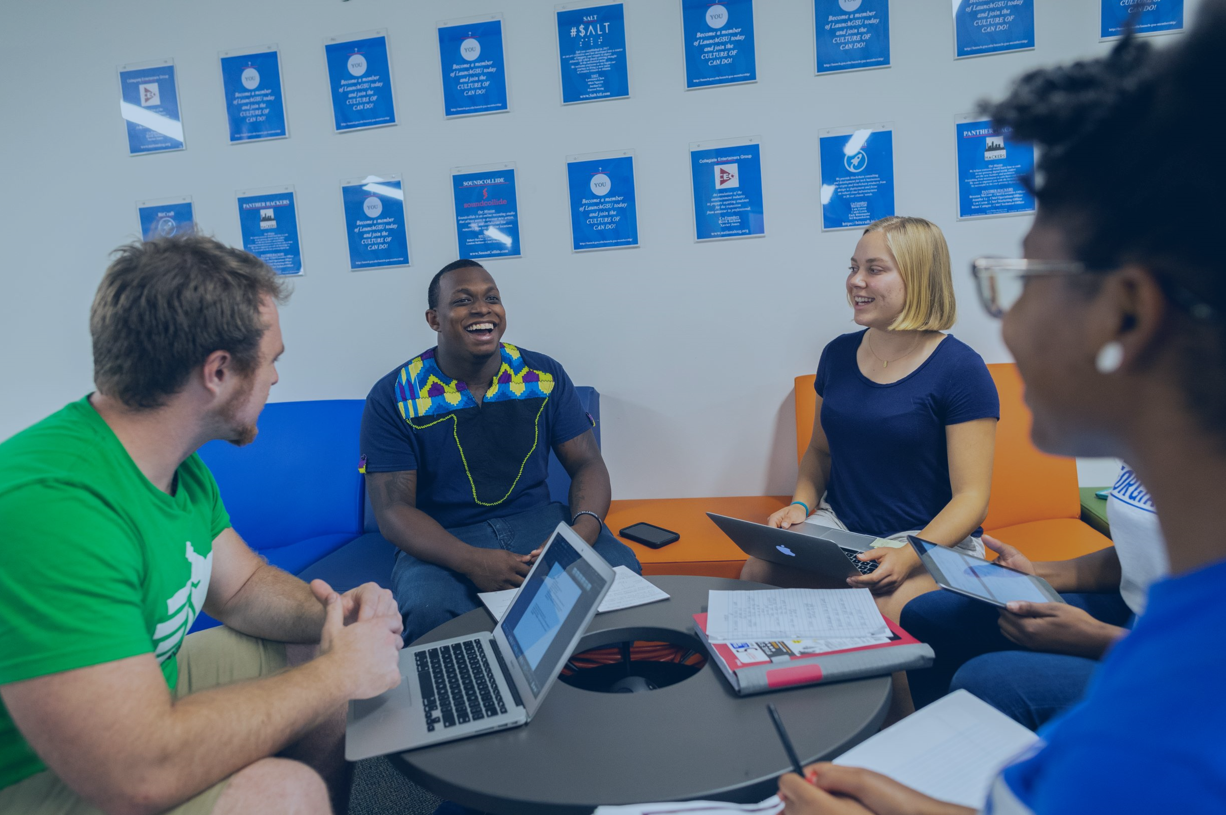Keep Hope Alive Outcomes
Funded by the Georgia Lottery, the Helping Outstanding Pupils Educationally (HOPE) scholarship is awarded to Georgia residents who demonstrate academic excellence. Over the last 30 years, HOPE has assisted more than 2.1 million students by covering part of their tuition at eligible higher education institutions (Georgia State Finance Commission, n.d.). From 2012 to 2017, over 15,000 first-time, full-time students enrolled at GSU with the HOPE scholarship. Unfortunately, a significant percentage of students were losing the scholarship each year (see Fig. 1). While some were never able to regain HOPE, there was a group of students for whom a little support went a long way. In 2012, GSU introduced the Keep HOPE Alive (KHA) program to help students regain their scholarships.

Fig.1 The percentage of students in each fall cohort who lost the HOPE scholarship.
The program awards a $1,000 scholarship to eligible students on the condition that they participate in a series of support interventions to improve their academic performance. Examples of these interventions include attending workshops hosted by First-Year & Transition Programs, meeting regularly with their academic coach, and attending mandatory advisement sessions offered by the University Advisement Center. At the program’s inception, KHA supported over 100 students; since the Fall 2014 cohort, participation has averaged around 49 students per year, totaling over 500 students thus far (see Fig. 2).

Fig.2 The number of Keep Hope Alive scholarships awarded in each fall cohort.
An analysis by the National Institute for Student Success at Georgia State University makes a compelling argument for the effectiveness of the program. The percentage of KHA participants who successfully regained the HOPE scholarship increased steadily from 2012 to 2016 (See Fig. 3). In the Fall 2012 cohort, fewer than 60% of participants regained the HOPE scholarship, but in the Fall 2016 cohort, 100% of the KHA participants did so. Additionally, KHA recipients were 1.9 times more likely to regain the HOPE scholarship than similar students who lost HOPE but did not receive the KHA scholarship during the same period.

Fig.3 The percentage of Keep Hope Alive scholarship recipients who have regained the HOPE scholarship in each fall cohort.
These six cohorts were chosen because chosen because they are the most recent cohorts with data available for 6-year graduation outcomes (graduation years of 2018-2023). What the analysis found was that graduation rates for KHA participants were also higher. Specifically, 78% of KHA recipients graduated within six years of enrolling, compared to only 63% of non-recipients (Figure 4), an increase of 15 percentage points. The largest gains were for Black and Pell students, whose graduation rates increased by 19 and 17 percentage points, respectively (Figure 4).

Fig.4 6-year graduation rates, displayed by student group
The analysis conducted by the NISS indicates that the KHA program increases the number of students who regain HOPE and graduate compared to non-recipients with similar demographic, socioeconomic, and academic performance characteristics. Because of this, the initiative also alleviates some of the costs associated with higher education participation; without KHA, hundreds of students would have lacked critical financial support. The overwhelmingly positive outcomes suggest that if students can be identified and supported early enough, they can get back on track and ultimately graduate.







